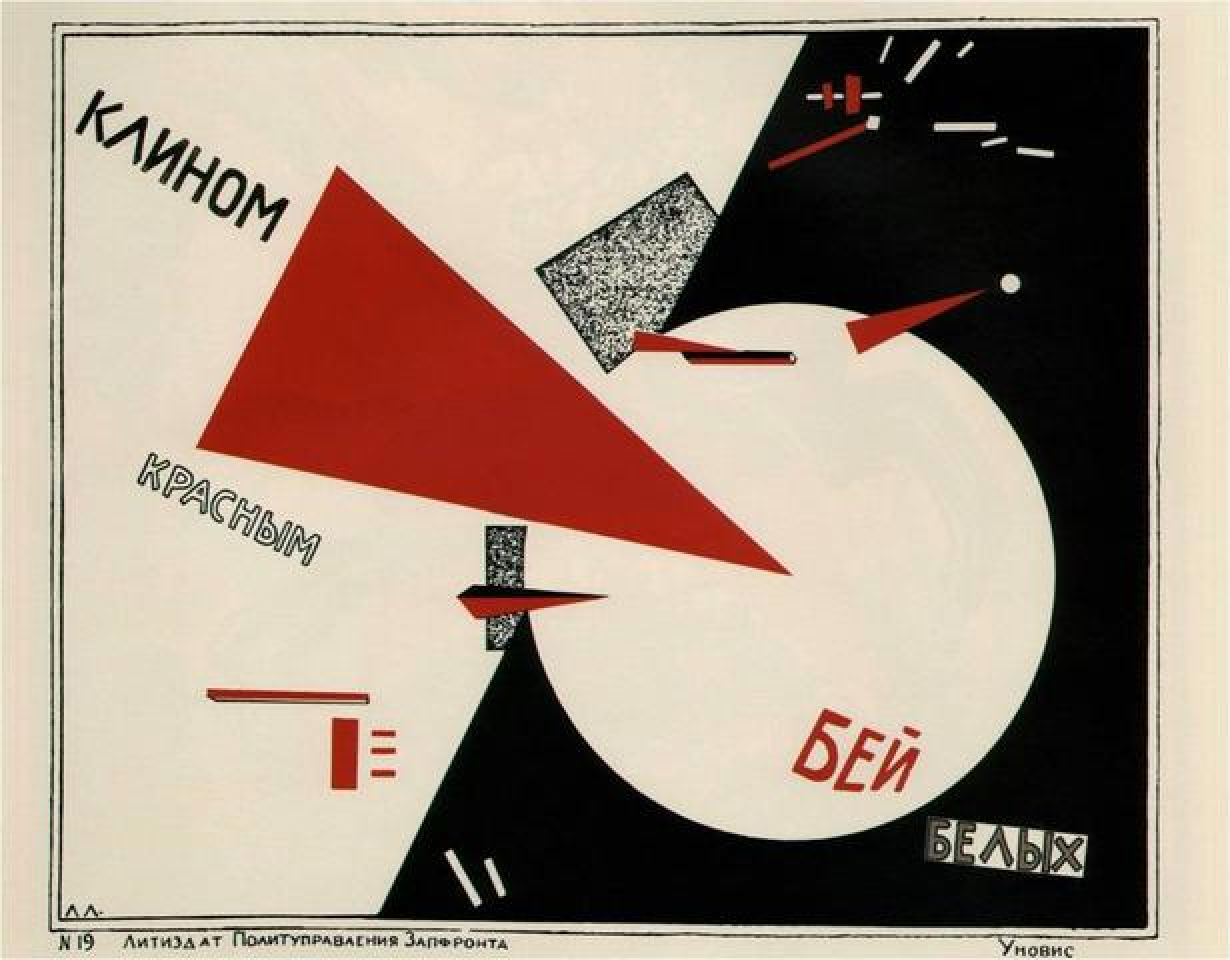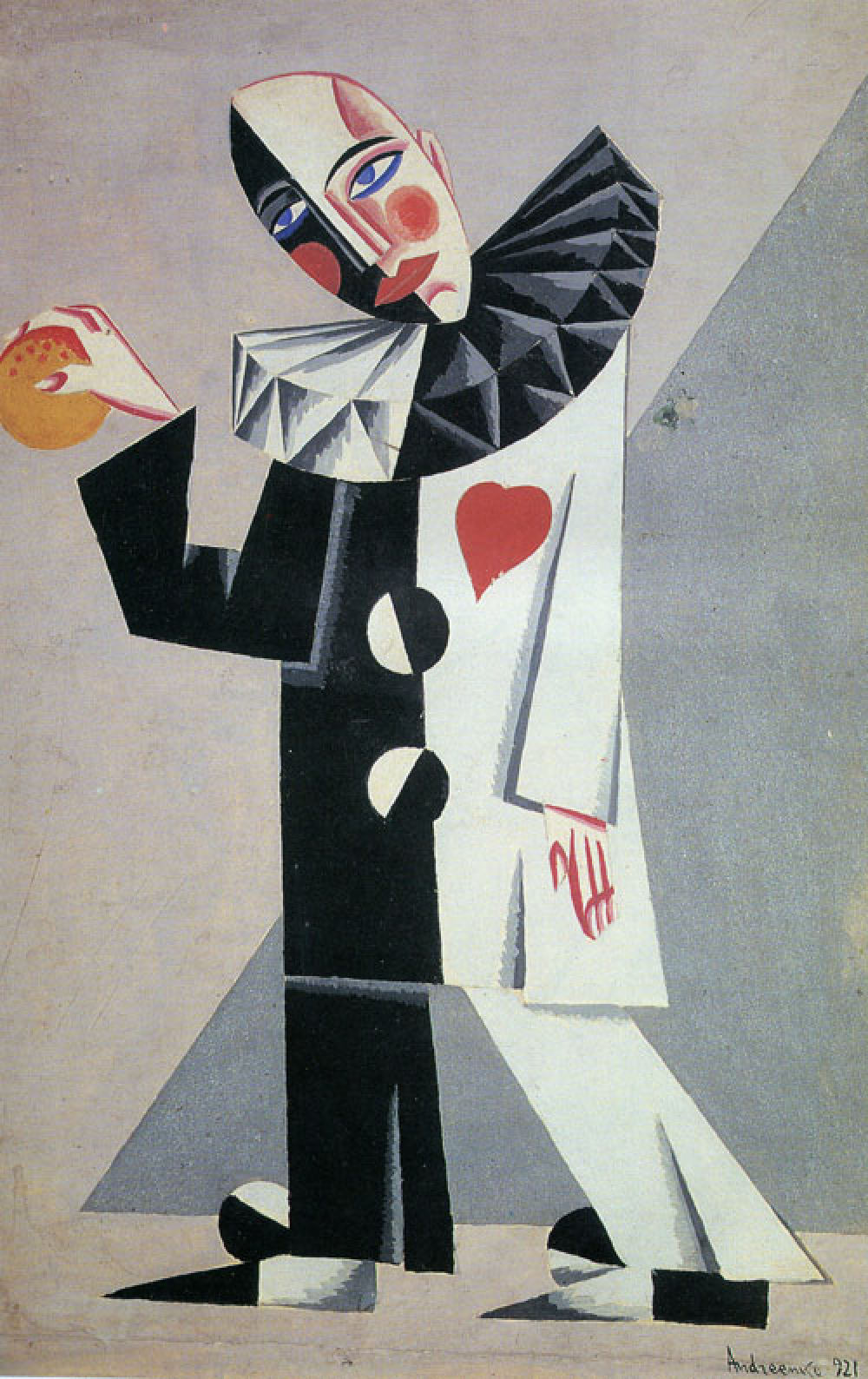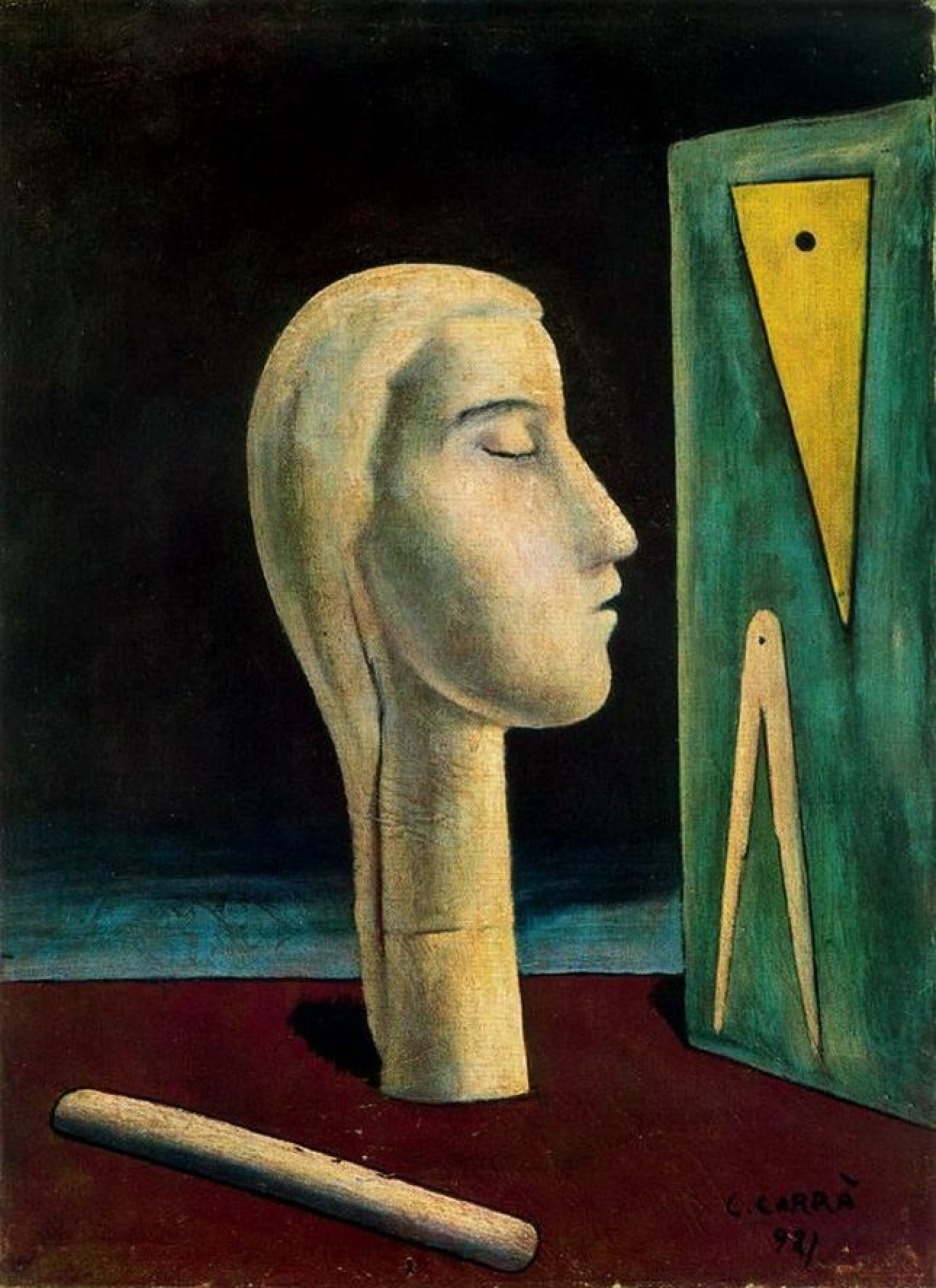SupremePunk #097

Art Revolution
This Punk is inspired by the CryptoPunk #9674 and works of El Lisitsky. El Lissitzky is a brilliant engineer, architect and artist. His name is closely connected with the avant–garde trends of the beginning of the last century - suprematism and constructivism. His ideas had a huge impact on the founders of the German Bauhaus.

El Lisitsky — The Wedge of Red beat White, 1920
SupremePunk is inspired by his work "The Wedge of Red beat White". This poster is a textbook example of both military, propaganda and revolutionary art. This image clearly reflected the visual paradigm of the 1910s, it became a sign of futuristic culture. Wedges and circles were scattered in poetry and painting of the 1910s, hundreds of examples attract attention, Lisitsky only successfully formulated the "task of the epoch". Using suprematism, he constructed a poster plot filled with metaphors. It had a direct imperative of the military map and a "radical reversibility" of forms, allowing the inversion of meanings within the picture. There is a reference to the folk splint and a subtle connection with Russian cosmism.
Unlike Lisitsky's poster, Punk shows a stable composition filled with tragedy and detachment. The white triangle is almost exactly inscribed in the black circle, contrasting with it. A small dynamic in the work is created by a diagonally directed black stripe crossing out the center.

Mikhail Andrienko-Nechitailo — The Sad Clown, 1921
The detached and melancholic mood of the painting is created thanks to the color palette, a combination of black, white and muted blue. Mikhail Andrienko-Nechitailo created a similar color scheme and mood in his work. His painting "The Sad Clown" is a sketch for the opera "Millions of Harlequin". It depicts the image of an unbalanced Harlequin who looks away with longing. His whole image is fragmented and disharmonious, this is emphasized by the overall black-and-white color scheme of his costume. The general tension in the picture is created due to a detached look and a disharmonious center, the circles in it do not converge and argue with each other. There is also a sense of mystery and silence, as if time has frozen and the viewer can only observe the understatement and feel confusion.

Carlo Carra — The Engineer's Lover, 1921
A similar mood was conveyed in his work by the Italian artist Carlo Carra. His painting "The Engineer's Mistress" is one of the artist's last works in the genre of metaphysical painting. The sculptural female head in the center of the painting with a strangely long neck is surrounded by an aura of mystery and silence. It evokes vague subconscious images inspired by dreams or secret thoughts that are difficult to formulate and even more difficult to produce out loud. There is tension and understatement in the canvas, and the frozen immobility of objects causes a feeling of complete absence of space and time in this work. The title of the picture is also intriguing, to which the author gave absolutely no explanation, leaving room for the viewer's imagination.

Buy

Gallery:
CryptoPunk #9674 that has been taken as a base

Your transaction is in progress

You have connected to the wrong network

Transaction is successful!


